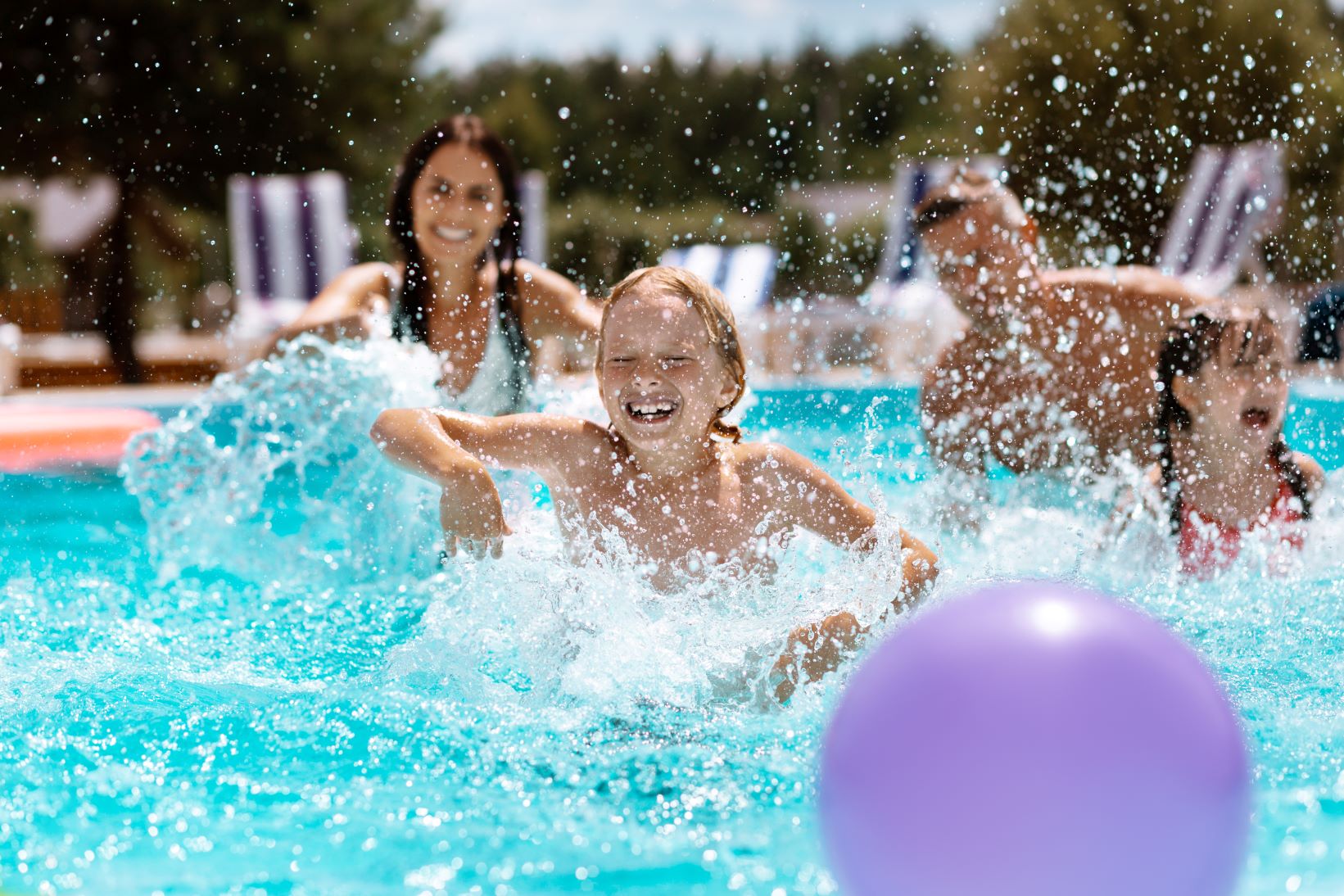Swimming with diabetes. Let’s dive in!

As a person with diabetes, you may have a lot of questions about swimming and how it may affect you— but there’s one thing that’s certain; swimming is a great way to exercise and have fun in the sun. Still, you should keep a few things in mind before you take the plunge.
Tips for swimming if you have diabetes
If swimming is a new exercise for you, it’s worth chatting with your diabetes care team and asking about any extra precautions before heading to the water. If you’ve had trouble with low BGs in the past, they may tell you that you need to adjust your insulin doses before enjoying outdoor activities. Your HCP knows your health history and they can tell you what to expect from your body. Once you’ve done your homework, try these tips when swimming.
Keep an eye on your blood glucose
Swimming is not easy! That’s why it’s such great exercise. But any time you are exercising with diabetes, you should check your blood sugar about 30 minutes before you start. If you’re too low, eat a quick snack before hopping in the pool to help keep hypoglycemia at bay. Test your BG every couple of hours if you plan to swim all day.
Take your diabetes toolkit with you
Whether you’re headed to the beach or just going to a friend’s house to use their pool, it’s always a good idea to take supplies with you. This could include extra insulin, glucagon, a few snacks, and medications. People who use pumps may consider bringing a backup infusion set, reservoir, and syringe with an insulin vial in case something unexpectedly happens to their device.
Consider taking a medical ID
While you’re packing your on-the-go supplies, you might want to think about wearing a medical ID bracelet when swimming. This goes double if you’re headed to the beach on your own. If you can’t respond, this can be vital information for lifeguards and first responders to know.
A guide for getting wet with a pump and CGM
People with diabetes need to prevent damage to their insulin pump and sensor when swimming. Thankfully, the past decade has seen a surge in waterproof insulin pumps and sensors. Check your devices’ instructions for approved use. The MiniMedTM 770G system, for instance, is an IPX8 device. This means it’s waterproof up to a depth for 12 feet for 24 hours.*
The included sensor and transmitter, however, are only water resistant to about 8 feet for a half hour. You may not damage them if they fall in but it’s not a good idea to wear them while swimming. Keep that in mind when you’re thinking about what to pack on beach day. Do you have any tips for swimming tips? How do you manage pump life while waterside? Let us know in the comments!
*At the time of manufacture and when the reservoir and tubing are properly inserted, your pump is waterproof. It is protected against the effects of being underwater to a depth of up to 12 feet (3.6 meters) for up to 24 hours. This is classified as IPX8 rating. See user guide for more details. The sensor and transmitter are water-resistant at 8 feet (2.4 meters) for up to 30 minutes. CGM readings may not be transmitted from the CGM to the pump while in water.



